FEATURE: A loving Whitby home for over 2,000 animals
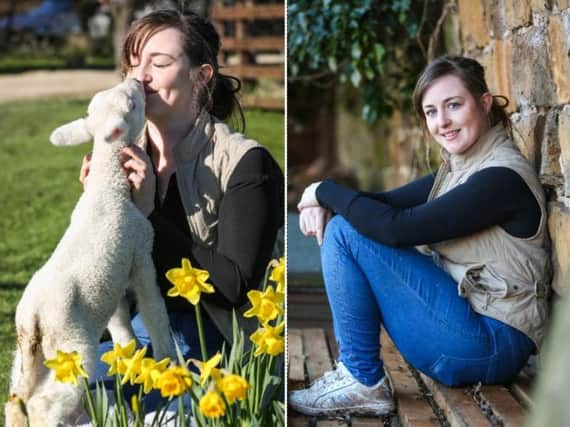

And Whitby woman Alex Farmer, 27, has devoted her life to caring for animals in the north east, with the sanctuary now looking after over 2,000 animals each year.
Former primary school teacher Alex explained the motivation behind her vital work: “I’m very passionate about animal and wildlife welfare, I have been interested in it all my life.
Advertisement
Hide AdAdvertisement
Hide Ad"The work we do can be very difficult at times, but getting an animal through injuries and difficult situations and releasing it back into the wild is fantastic.”
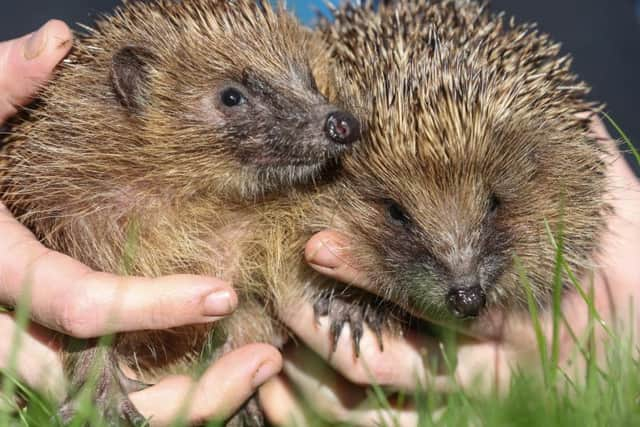

The sanctuary is caring for more animals than ever and takes them in from across three counties in a bid to rehabilitate them and get them back into the wild.
And expansion is now on the cards.
Planning permission has been granted for a dedicated wildlife hospital to be built on their current site at Broomfields Farm.
Over £5,000 has been raised to date, but there is still a major shortfall from the £120,000 needed to make the project happen.
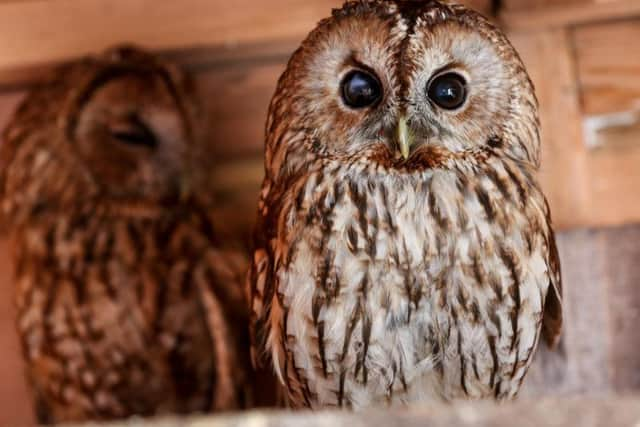

Advertisement
Hide AdAdvertisement
Hide AdAlex added: “If anybody wants to make a donation to help us, that would be amazing.
“Our first target is £20,000 which will allow us to start building the foundations for the new hospital.
“Luckily we do have the land for aviaries and enclosures but it is getting increasingly difficult to accommodate rescues from home. They need their own building.”
Much of the hospital project also centres on providing better education about animal welfare.
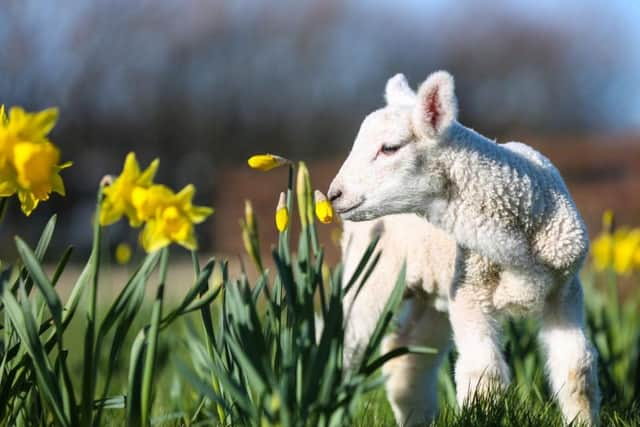

Advertisement
Hide AdAdvertisement
Hide Ad“Nearly all of the injured wildlife we rescue are caused by humans in some way,” Alex explained.
“Bird injuries are often caused by chopping down hedges and trees, and we get wildlife that have been attacked by dogs and cats, or hit by cars.
“We will offer training in what to do if you come across an injured wild animal.
“We take students on placements now but we want to offer more education to the general public as well.”
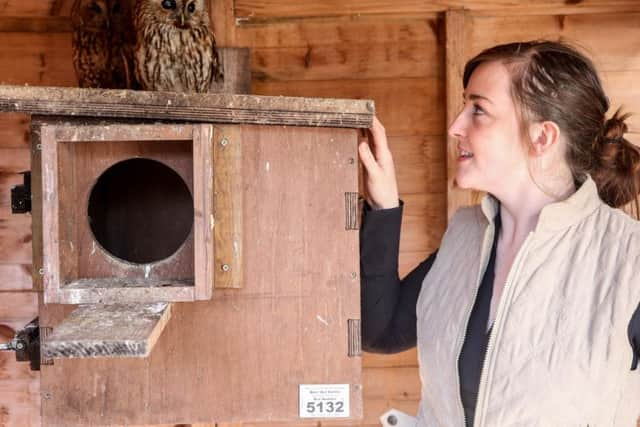

Advertisement
Hide AdAdvertisement
Hide AdAlex started taking in wild animals at her home in Whitby several years ago, such as gulls, rabbits, hedgehogs, and it escalated into her having to leave her job as a school teacher and become an official charity, working full time and taking on volunteers.
She began volunteering at a local veterinary practice and opting to take care of two pigeons which needed long term care.
As most veterinary practices are not able to house wild animals for the long term, Alex offered her help.
And before she knew it, one or two pigeons turned into five herring gulls which then turned into several hedgehogs and word spread as the rescue service began.
Advertisement
Hide AdAdvertisement
Hide AdAlex said: “I went from a full time teacher to a part time teacher, juggling both work and the sanctuary and finally decided to leave teaching altogether to concentrate on the charity full time. What started off as a couple of pigeons in some modest cages developed into several aviaries, a paddock, an area I like to call ‘the gull pen’ and a seabird rehabilitation pool.”
Owing in large part to Whitby’s geographic location, some of the most common rescues for Alex are sea birds.
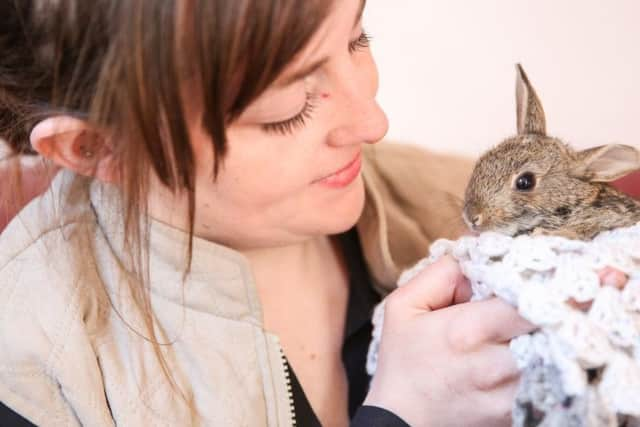

A network of around 70 volunteers throughout North Yorkshire, County Durham and Redcar and Cleveland helps to care for the wild animals taken in by the sanctuary, with 20 of these coming onto the Whitby site to help with cleaning and feeding.
Alex has all sorts at the sanctuary including blind owls, a three legged fox, hedgehogs, baby rabbits and a lamb.
Advertisement
Hide AdAdvertisement
Hide AdAt present, the registered charity manages to raise around £20,000 each year, but this only stretches to covering the sizable costs for veterinary bills, ambulance expenses and equipment.
Due to the nature of their work, the sanctuary needs to work around the clock, every day of the year, providing care for wildlife in need.
The charity has some 7,000 Facebook followers and is now appealing for more people to help raise the required funds to allow the hospital project to go ahead.
To donate to the project visit: https://www.justgiving.com/crowdfunding/wwswildlifehospitalYou can also donate directly at: Whitby Wildlife Sanctuary, Broomfields Farm. Stainsacre lane, Whitby, YO22 4NW.
Whitby Wildlife Sanctuary is a registered charity, number: 1165589.
Follow the sanctuary on Facebook: @whitbywildlifesanctuary, or Twitter: @whitbywildlife.
All pictures by Ceri Oakes.